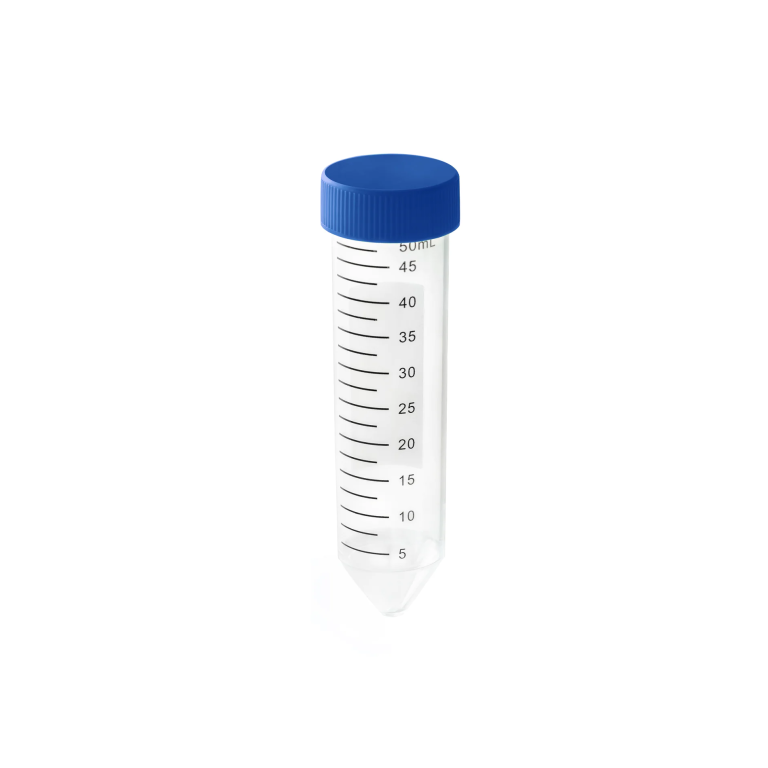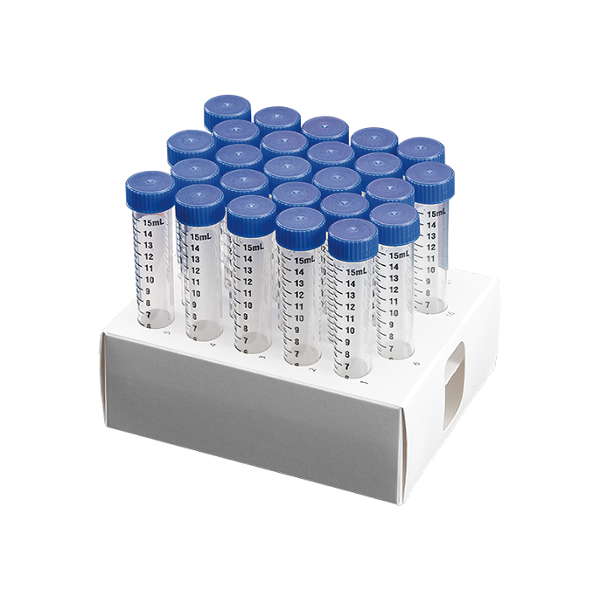Cells attach to the surface of cell culture flasks through adhesion molecules on the cell surface interacting with the treated plastic/material of the flask. There are a few main ways this occurs:
– Coating with extracellular matrix proteins – Many flasks are treated with proteins like collagen, fibronectin, or laminin to promote adhesion. These proteins bind to the flask surface and provide ligands for integrins and other receptors on the cell surface.
– Charged plastic surfaces – Treating the plastic with plasma or chemicals gives it a charged coating that promotes cell binding through electrostatic interactions. Cations promote the adhesion of cells with negative surface charges.
– Microporous plastic – The plastic surface has microscopic pores and indentations that allow physical adhesion and anchorage of cells. More surface area promotes better adhesion.
– Cell secretion of adhesion molecules – As cells grow, they secrete proteins like vitronectin and tenascin that coat the surface and aid in the binding of more cells.
– Cell surface glycoproteins – Proteins with carbohydrate chains (glycoproteins) on the cell membrane can directly interact with treated plastic surfaces.
– Extracellular matrix secretion – Cells will secrete their own matrix as they grow, containing proteins like collagen, laminin, and fibronectin. This coats the flask and provides adhesion sites.
So in summary, cell adhesion to culture flasks relies on proteins attaching to the treated surface, which then interact with receptors on the cell itself. The treated plastic promotes the binding of extracellular matrix and cell surface proteins that mediate adhesion.


